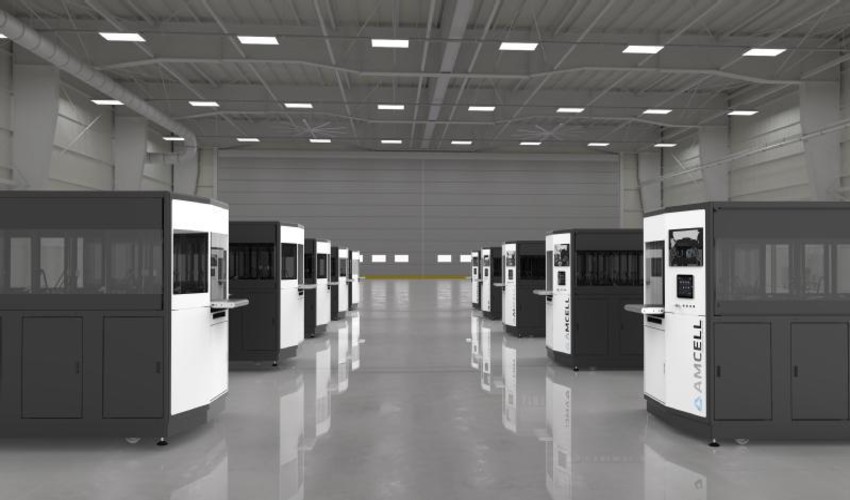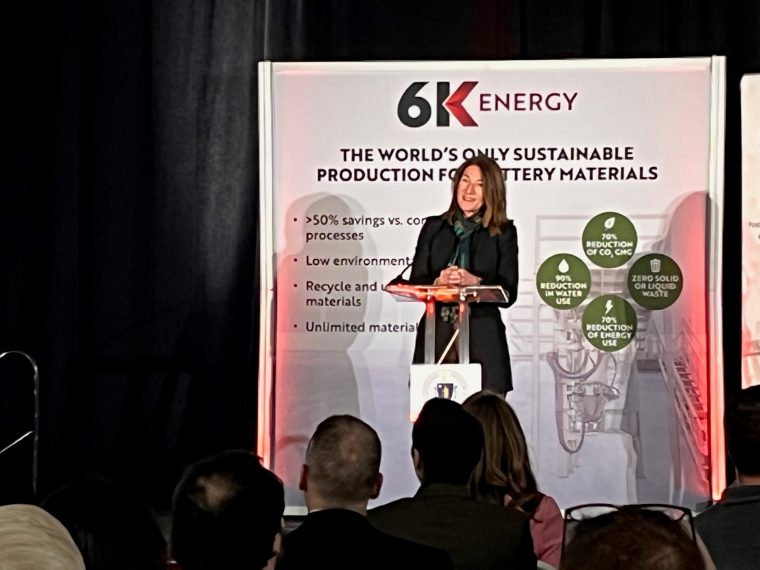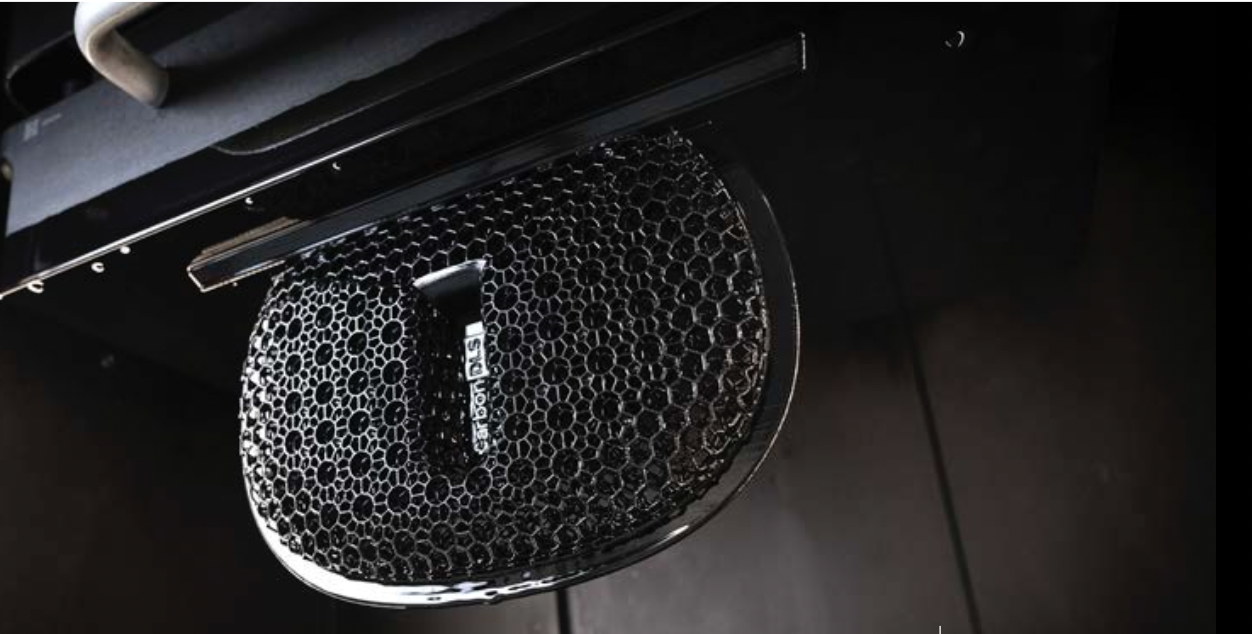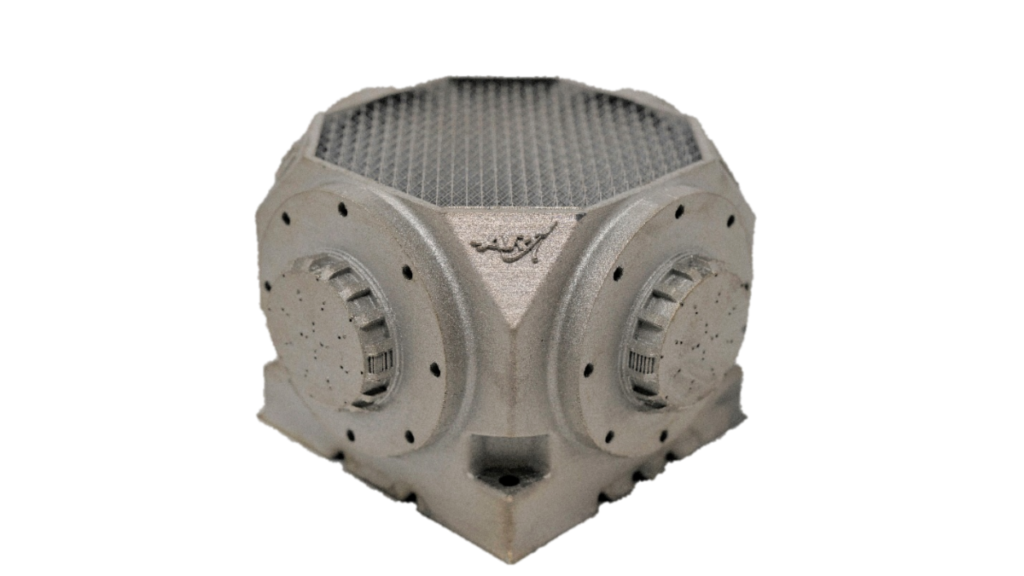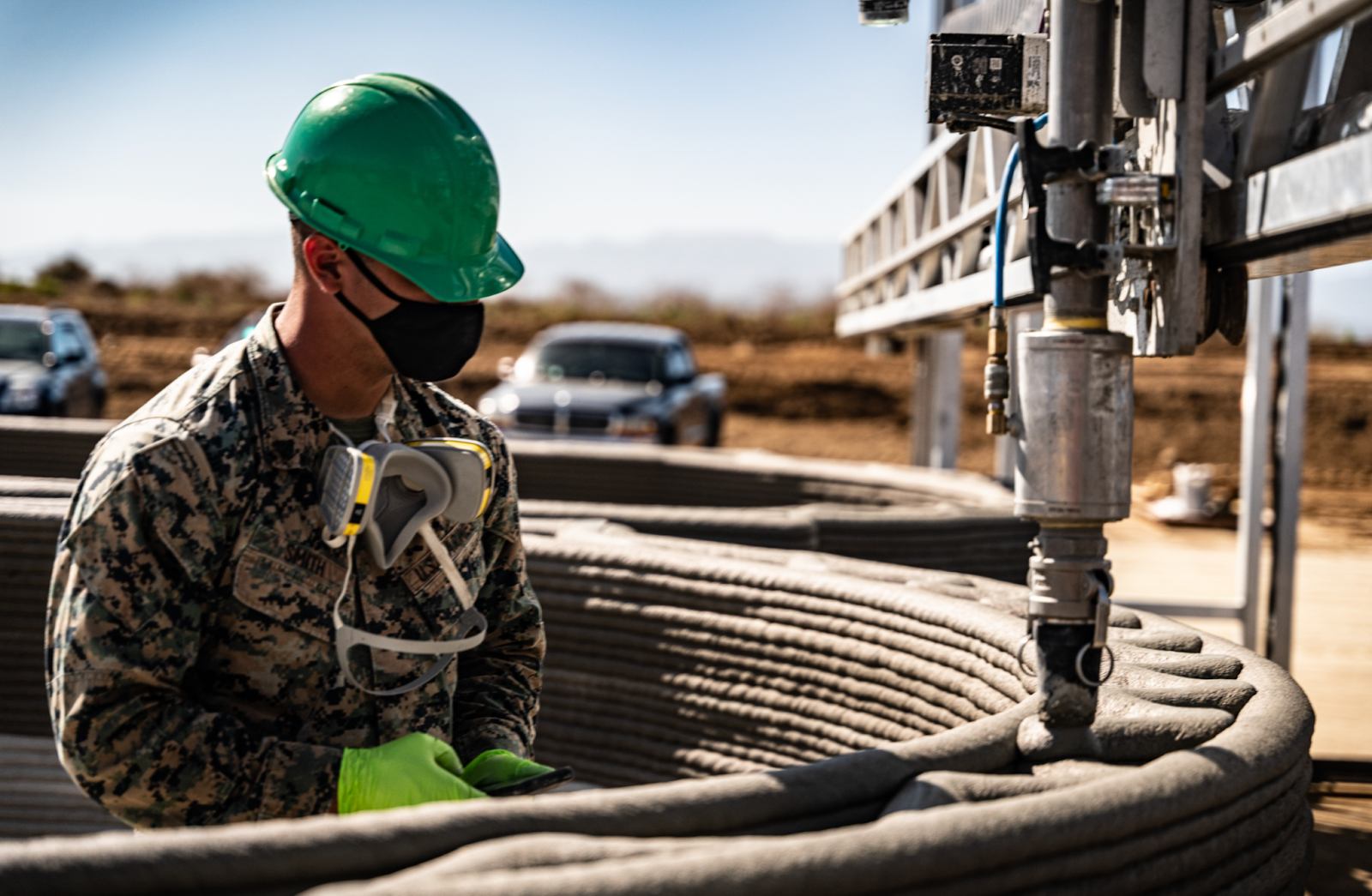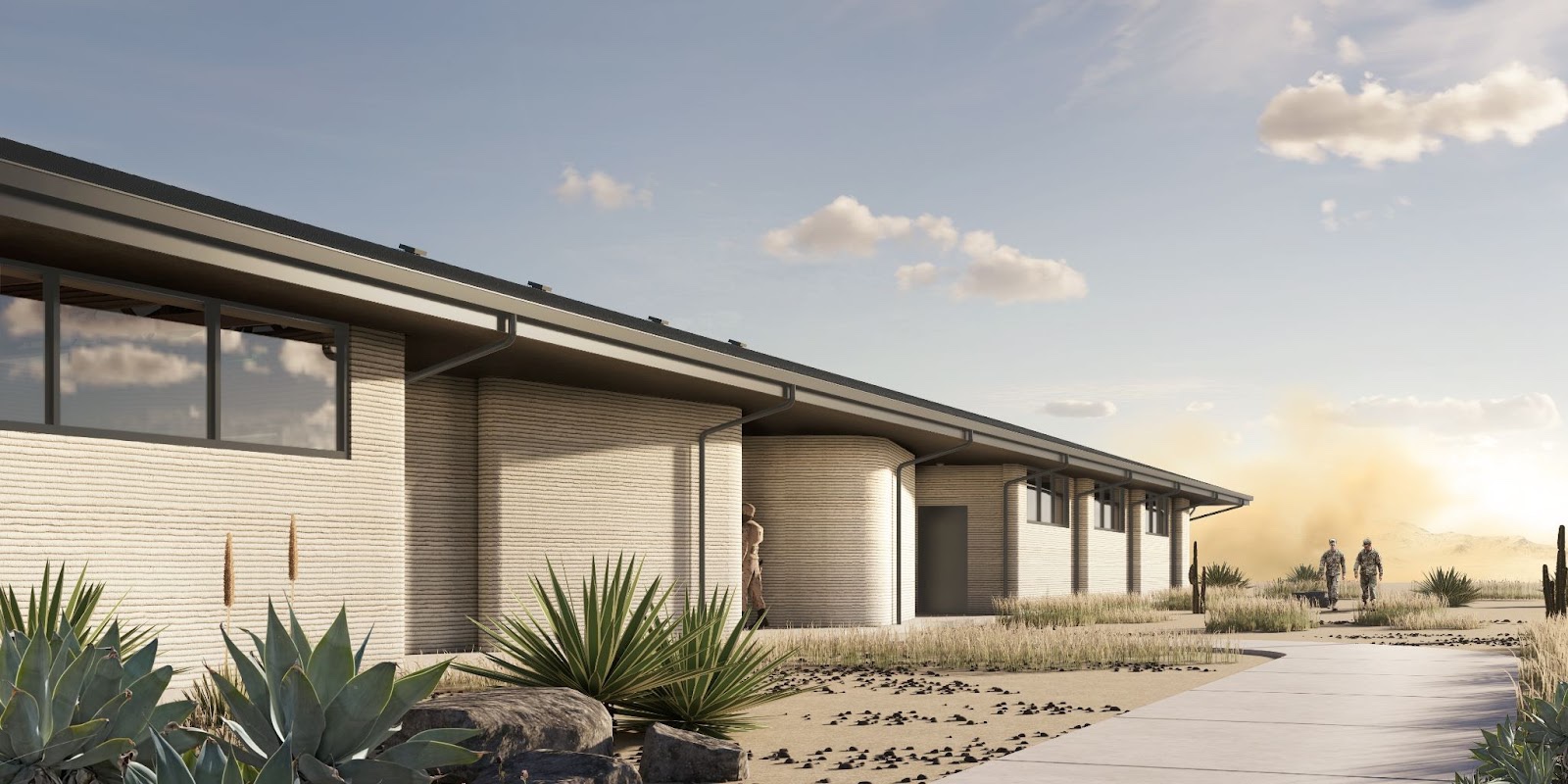This week kicks off with COExperience 2022 by Dassault Systèmes, and Stratasys continues its mobile showroom tour. Plenty of AM industry companies will be at various IME West shows, and if you want to learn about 3D printing in the classroom or in the hospital, there are webinars covering both of those topics, as well as many others. Read on for all the details of this week’s webinars and events!
COExperience 2022 by Dassault Systèmes
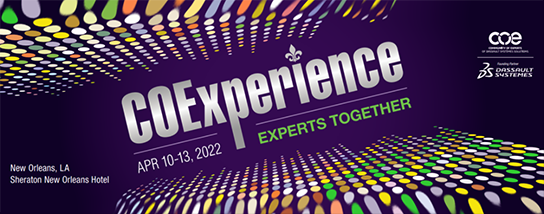
It’s been two years, but Dassault Systèmes is bringing back its COExperience as an in-person event in New Orleans, from April 10-12. The event will feature interesting keynote presentations, a TechniFair of vendors and exhibitors, and networking opportunities with the Leaders of Transformation about how cultural, technological, and industry-based disruptions change how we design, deliver, and support products. By connecting with other Dassault users, COExperience 2022 attendees will gain knowledge, increase efficiency, and learn how to build new skills.
“Our annual COE event provides a forum for the interchange of knowledge, experiences, and technical information relating to Dassault Systèmes solutions.”
You can register for the event here.
The Experience Stratasys Tour Continues

Stratasys continues its Experience Tour this week in New Mexico, taking its mobile showroom to Los Alamos on April 11th and 12th, and Albuquerque on the 13th and 14th. CATI is hosting the first event on the 11th at Ashley Pond Park, while PADT will host at the Los Alamos Nature Center on the 12th. PADT hosts again on the 13th at the National Museum of Nuclear Science, and CATI will host the tour on the 14th at the city’s Topgolf.
“Our mobile showroom offers a local, convenient way for you to talk with 3D printing experts and see the latest 3D printers, materials and solutions from Stratasys. Learn about additive manufacturing services from Stratasys Direct and discover how your organization can benefit from 3D printing applications.”
You can register for the Stratasys Experience Tour here. Stay tuned for more dates and locations in the future!
IME West 2022

From April 12-14 at the Anaheim Convention Center in California, IME West 2022 is taking place. This leading advanced design and manufacturing event brings together several conference and trade event brands: MD&M West, WestPack, ATX West, D&M West, and Plastec West, along with the Design. Engineer. Build. Conference and the Cannabis Packaging Conference. Thousands will merge across several verticals, like automation, design, and more, for meetings, education, new product discovery, and networking. Plenty of industry companies will be attending, like Arburg, showcasing both its AM and injection molding solutions, and MatterHackers. igus is co-sponsoring a happy hour event, HCL CAMWorks will explain how integrated CAD/CAM and automation technologies can benefit your CNC machining operations, and 3DEO is attending as well.
“Education and peer-to-peer connection are paramount right now, especially given the acute nature of the manufacturing industry’s challenges. The first issue that impacts our community daily, which we would be remiss not to explore, is supply chain disruption. The pandemic has drastically impacted how we conduct business and is setting the stage for a new era for the manufacturing industry,” said Adrienne Zepeda, Group Event Director, IME West. "Secondly, issues surrounding workforce vacancies resulting from generational trends are sparking innovation and wider investment in automation. With so much progress on the horizon, education and forward-looking insight are more important than ever. We are so excited to open day one and day two with timely keynote addresses to initiate much-needed conversation and open the door to long-term solutions.”
You can register for any and all of the IME West shows here.
America Makes Holding AMNOW Polymer Challenge Webinar
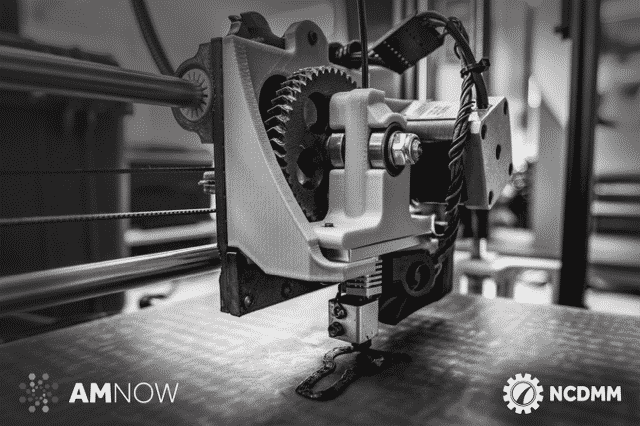
Together, NCDMM and America Makes are set to hold the AMNOW Polymer Challenge, meant to give people working with AI and data analytics in advanced manufacturing the chance to demonstrate their capabilities in a competitive setting. Participants will use a dataset that the AMNOW program recently developed which introduces intentional anomalies into the material extrusion process. The dataset includes filament information, build layout and geometries, slicer information, pressure test results, and more, and participants will demonstrate their ability to use data analysis to detect and predict these anomalies. On Tuesday, April 12th, at 10 am EST, America Makes will hold a Project Call briefing about the challenge.
“While high-cost industrial machines and feedstock are producing industrial production parts in almost every industry, the same degree of consistency and quality is not demonstrated on low-cost desktop printers. In-situ monitoring using low-cost sensors and data analysis offers the potential to evaluate the quality of a part without expensive or destructive testing. Ultimately, when this monitoring is coupled with closed-loop feedback, the ability to produce industrial-grade components with lower-cost printers and feedstocks could be realized.”
You can register for the briefing here.
3D Systems on SLA Performance & Productivity

At 2 pm EST on the 12th, 3D Systems is holding a webinar on “Multiplying SLA Performance & Productivity for the Factory of Tomorrow.” David Leigh, the company’s Executive Vice President and Chief Technology Officer for Additive Manufacturing, will be on hand during the webinar to discuss SLA-based 3D printing, which is well-known for its prototyping quality and part accuracy but is about to go through a big change. The webinar will also include an interactive Q&A session.
“Join us as we reveal how revolutionary innovations for SLA will provide breakthrough gains in speed, throughput, material performance and cost-efficiency for factory-floor production. These innovations now more effectively answer your requirements, from prototyping to production, whether you are a service bureau, automotive, aerospace, consumer goods, foundry or medical device manufacturer.”
You can register for the webinar here.
3D Printing in the Classroom
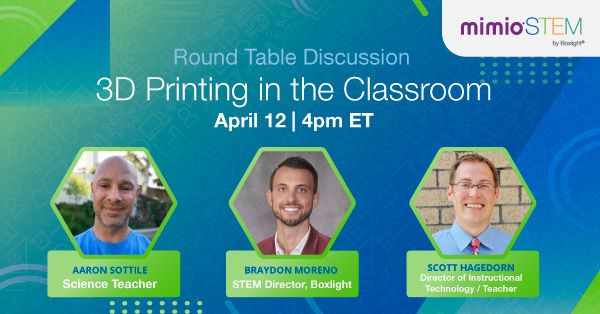
Educational technology solutions provider Boxlight works to improve learning and engagement in classrooms, and develops products to help educators enhance student outcomes and build important skills. At 4 pm EST on the 12th, Boxlight and educational tech company Mimio, which it acquired in 2016, are holding a round table discussion on “3D Printing in the Classroom.” Boxlight’s Education Consultant is hosting the round table discussion between a panel of SMEs eager to share tips, their favorite classroom 3D printing projects, and more. The panelists are middle school science teacher and STEM enthusiast Aaron Sottile; Scott Hagedorn, Director of Instructional Technology and 3D Printing, Robotics, and MS Tech teacher at an independent school; and Robo 3D co-founder Braydon Moreno, who’s also Boxlight’s STEM Director.
“Once considered out of reach and cost-prohibitive for the classroom, 3D printers have recently found their way into nearly every school. Whether you are an expert, novice, or still crossing your fingers to get one in your building, this session is for you. Our group of expert panelists will discuss printing tips they've learned and implemented, curricular connections, and amazing project ideas. It’s never been easier or more cost effective to begin your 3D printing journey – why wait? Plan on joining us to learn from our experts in the field!”
You can register for the webinar here.
Cimquest: Metal Using Additive for End Use Parts

At 9:30 am EST on April 13th, Cimquest will host the last webinar in its four-part series on the World of Metal 3D Printing, this one focused on “Using Additive for End-Use Parts – A Deep Dive into Desktop Metal’s Shop System.” Cimquest’s Director of 3D Printer Sales Dave Macfie will be joined by special guest Nate Higgins, the Co-Founder of FreeFORM Technologies. Higgins, who has successfully launched and scaled two companies, will discuss his journey in taking a concept and creating a road from prototyping to mass customization, and when his love for 3D printing grew during the journey.
“In Part 3 we’ll dive deep into production Metal 3D printing, from hundreds of parts all the way to tens of thousands of parts. We’ll show use cases of companies using production to gain a major edge on the competition, and how it can open up entire new applications for your business.”
You can register for the webinar here. The webinar series will end with a live event in New Jersey on April 28th.
Sinterit on SLS 3D Printing

Join Sinterit at 10 am EST on Wednesday, April 13th, to learn “All you want to know about SLS technology” in this Q&A webinar. Attendees can ask all of their questions about SLS 3D printing technology, and Sinterit’s panel experts will answer them directly. These experts are Sinterit’s CMO Jarek Pieniazek, Application Engineer Michał Niemas, and International Channel Manager Radek Antosz. Additionally, two experts from BASF Forward AM, Valentin Holz and Stefan Josupeit, will join as well.
“If you are specifically interested in Lisa X & NILS 480 the webinar will be also a chance to ask questions about those devices.”
You can register for the webinar here.
In-House Rapid Tooling with PepsiCo & Formlabs

Powered by Metrix Connect LLC, an ASME Company, you’ll get to learn all about an interesting partnership during “PepsiCo and Formlabs Discuss In-House Rapid Tooling with 3D Printing” at 11 am EST on the 13th. The topic is how 3D printing can be used to reduce tooling costs and speed up development in comparison to traditional manufacturing. Attendees will hear about the possibilities of in-house rapid tooling with 3D printing from Juliette Combe, an Application Engineer at Formlabs, and about how the process has been internalized by the PepsiCo rapid prototyping department for designing bottles and nozzles from Max Rodriguez, the company’s Sr. Manager-Global Packaging R&D, and Thangthip Tekanil, Packaging Engineer, Global Packaging R&D, for PepsiCo.
“Incorporating in-house rapid tooling such as 3D printed molds, patterns, and dies into the product development process empowers businesses to validate the design and material choice with functional prototypes before transitioning to mass production and provides an affordable means to produce custom or limited series of end-use parts.”
You can register for the webinar here.
3D Printing in Hospitals with 3DHEALS
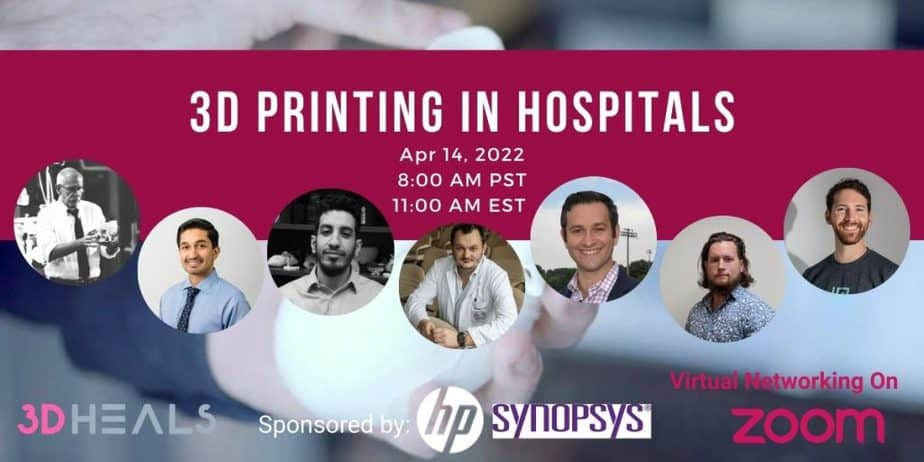
Finally, 3DHEALS will hold a webinar about “3D Printing in Hospitals” at 11 am EST on Thursday, April 14th. Sponsored by HP and Synopsys, the speakers at this webinar will be Dr. Robert Hannan, MD, Director, Cardiovascular Surgery Advanced Projects Laboratory (APL), Medical Director, Quality, Nicklaus Children's Health System, and Cardiovascular Surgeon, Nicklaus Children's Hospital; Associate Professor of Pediatrics and Radiology at the University of California San Francisco Dr. Shafkat Anwar; Muhanad Shraiteh, Digital Transformation Engineer with Nicklaus Children’s Health System; Imre J. Barabás, leader of the Semmelweis 3D Centre (SE3D) at Semmelweis University; Business Development Manager for the Synopsys Simpleware Product Group Kerim Genc; Senior Biomedical Engineer Thomas Haglund, who manages the APL at Nicklaus Children’s Health; and Dr. Stephen Ryan, Family Practice Physician at Eastern Health and the Co-Founder and CCO at PolyUnity Tech.
“In recent years, many hospitals have started making a shift, from using medical images primarily for diagnostic purposes, to integrating them in patient-specific surgical planning. This has created enormous advantages for hospitals and their patients and is largely supported by the clarifying regulatory landscape, increased governmental support, new public and private initiatives, and the expanding role of the radiologist as an imaging expert. As part of this, an increasing number of hospitals across the world have integrated the practice of 3D printing into their medical care. Hospitals are recognizing the added value it brings to personalized patient care and the countless possibilities that are becoming a reality, in creating better treatment options.”
You can register for the webinar here.
Do you have news to share about any future webinars or virtual and live events? Please let us know!
The post 3D Printing Webinar and Event Roundup: April 10, 2022 appeared first on 3DPrint.com | The Voice of 3D Printing / Additive Manufacturing.

